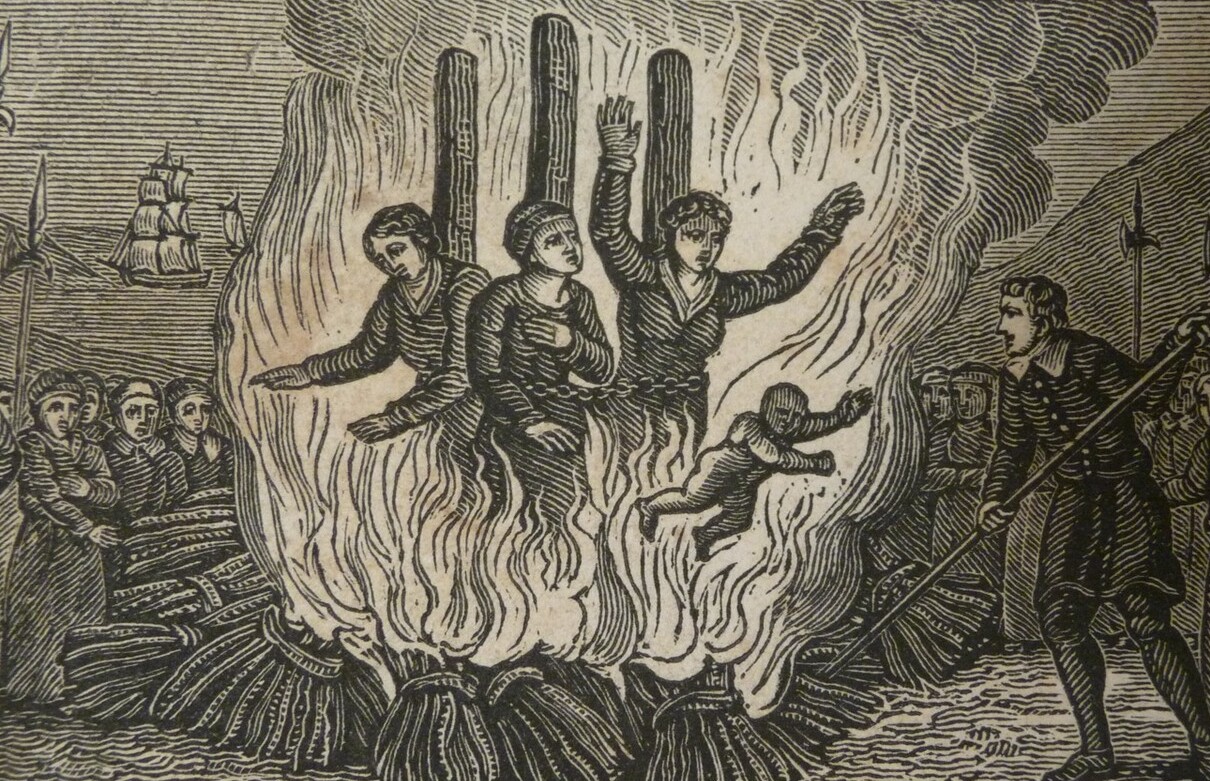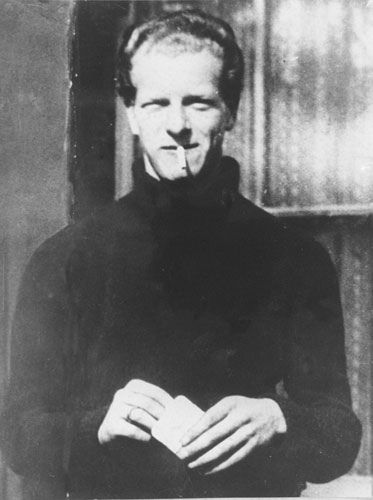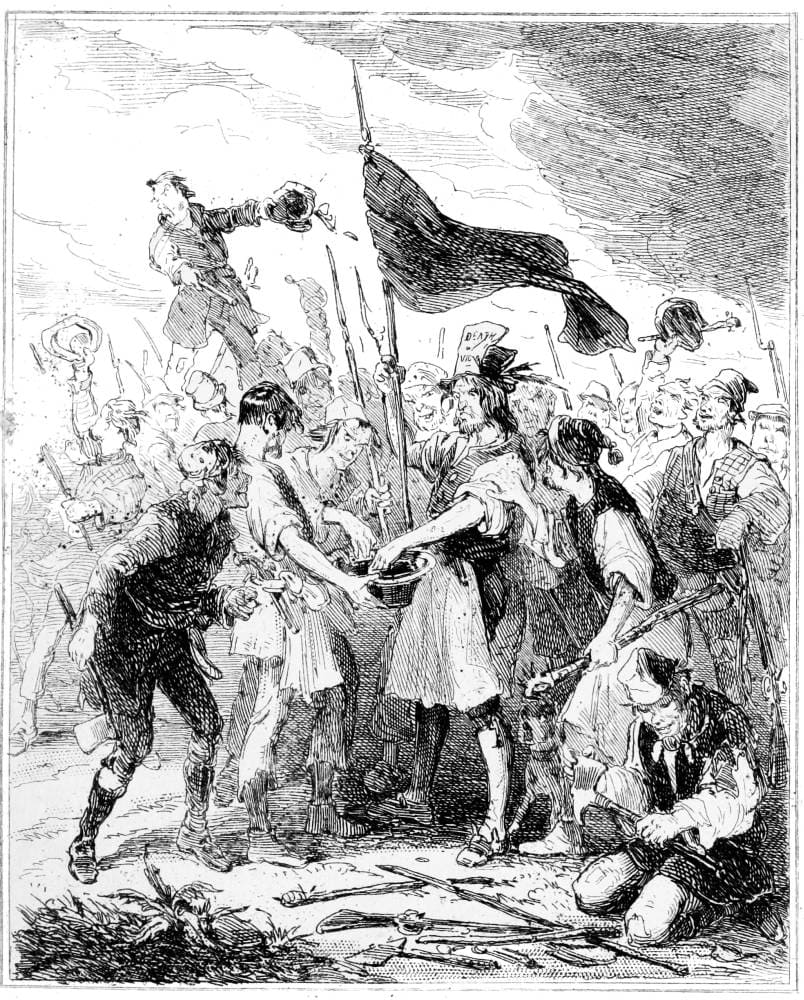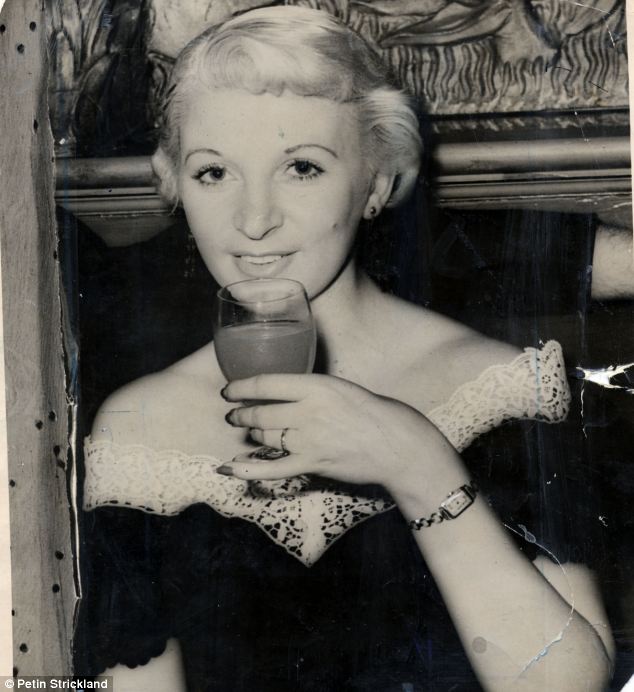In Britain, you could be hanged for someone else’s gunshot or for killing an abuser — and become a symbol of civil resistance simply for being in the wrong place at the wrong time. The law, as the saying goes, is harsh, especially when justice is rushed. In this piece are five true stories of executions in Britain. Some were posthumously exonerated, others perhaps got what they deserved — and with some, there’s no clear answer. You decide.
How Murderers Were Aided — and Innocents Hanged: True Stories of British Executions
Derek Bentley: Executed for a Shot He Didn’t Fire
This story is the epitome of a British legal tragedy. Derek Bentley had the mental capacity of an eight-year-old. He couldn’t read, suffered from epilepsy, and was easily influenced. On that fateful day, Derek found himself on the roof of a London warehouse with a friend — 16-year-old Christopher Craig, a teenager with a revolver who decided to play gangster and rob the place.
The police surrounded the building. A shot rang out, injuring one officer. Then another — this time fatal. Though both shots were fired by Craig, it was Bentley who was sentenced to death. The judge seized on a phrase Bentley allegedly shouted before the gunfire: “Let him have it, Chris!” The meaning was ambiguous, accounts conflicted, the public protested, and even the jury recommended clemency. But the Prime Minister refused to intervene.
On the morning of January 28, 1953, Bentley was hanged at Wandsworth Prison. In 1998 — nearly half a century later — he was fully exonerated. Christopher Craig, who was too young to be executed, was released after 10 years.
Robert McGladdery: The Last Execution on the Island of Ireland
In 1961, 26-year-old Robert McGladdery was hanged at Crumlin Road Gaol — the last person executed in either Northern or the Republic of Ireland. He was convicted of murdering a 19-year-old girl. They had been seen dancing together shortly before she was found beaten, strangled, and stabbed. McGladdery professed his innocence, but police placed him under surveillance. When he was seen retrieving bloody clothes from a hidden spot, he was arrested.
His executioner was Harry Allen, the man behind many “official” deaths across Britain. Allen was known for his professionalism and silence — reportedly, he never once spoke publicly about his work. After McGladdery’s execution, capital punishment was no longer carried out in Northern Ireland. The prison later became a museum.
Richard Lewis: Martyr or Criminal?
In 1831, a workers’ uprising erupted in Merthyr Tydfil, Wales. The city was swept by protests sparked by poverty, brutal working conditions, and government abuses. During clashes with soldiers, one was killed — stabbed in the chaos. The authorities scrambled to find a scapegoat.
They chose Richard Lewis, a miner known by his Welsh name, Dic Penderyn. The evidence was shaky; there wasn’t even proof Lewis had actively participated in the protest. Nevertheless, he was sentenced to death. Public outcry followed — over ten thousand people signed a petition for mercy. But the Home Secretary, the future Prime Minister Viscount Melbourne — known for his harsh conservatism — would only delay the execution by two weeks. He seemed determined to make an example of someone.
On the day of the hanging, the streets were eerily silent. Before his death, Lewis cried out: “O Arglwydd, dyma gamwedd!” — “Oh Lord, this is injustice!”
Lewis became a hero of the Welsh labour movement. His name is still heard at rallies today.
Ruth Ellis: The Last Woman Executed in Britain
Her story reads like a noir tragedy. Ruth Ellis was a glamorous socialite and nightclub manager, in love with a handsome but violent and alcoholic racing driver named David Blakely. He beat her often, and once after a particularly brutal assault, Ellis — then pregnant — miscarried.
On Easter Sunday, April 3, 1955, Ellis waited outside a Hampstead pub until Blakely appeared with a friend. She shot him five times. She didn’t run. Instead, she calmly turned to his companion and said, “I’ve just shot a man. Would you call the police?”
At her trial, Ruth remained composed — almost cold. She showed up to the final hearing in a stylish black-and-white suit, with bleached hair elegantly styled.
The public was divided. Some saw her as a murderer. Others, as a victim of domestic abuse. Regardless, on July 13, 1955, Ruth Ellis was hanged. She became the last woman executed in the United Kingdom. Her death sparked a major public campaign to abolish the death penalty — a campaign that ultimately succeeded in 1965.
Timothy Evans: Executed for the Crimes of a Serial Killer
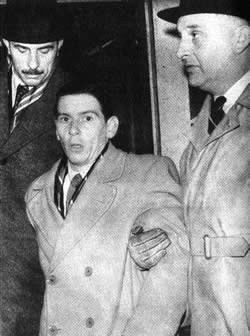
Timothy Evans was a truck driver living with his wife and daughter in Notting Hill. When his wife Beryl and daughter Geraldine were found dead, Evans, in a panic, confessed to accidentally killing his wife — claiming he gave her the wrong medicine. He later retracted the confession, but it was too late. The police manipulated evidence, the judge was harsh, and the jury didn’t hesitate.
Evans was hanged in 1950.
Three years later, a horrifying truth emerged. In the same building lived a quiet, polite man named John Christie — who turned out to be a serial killer. When Evans’ wife became pregnant again, the couple had sought an illegal abortion. Christie offered to perform it.
Police later discovered several female corpses in Christie’s apartment. He was executed by the same hangman who had taken Evans’ life — Albert Pierrepoint.
Pierrepoint, who died in 1992, remains the most famous British executioner in history. Over his career, he hanged around 500 people — including war criminals, fascists, serial killers, and those mentioned in this article: Ruth Ellis and Derek Bentley.
To Hang or to Pardon
In the 19th and 20th centuries, Britain hanged both the guilty and the innocent, only admitting its mistakes when it was too late for those it had wronged. Eventually, the government had to acknowledge that death was not the most reliable form of justice. By 1965, the country officially abolished the death penalty.
But has it ever really let go of its certainty?

